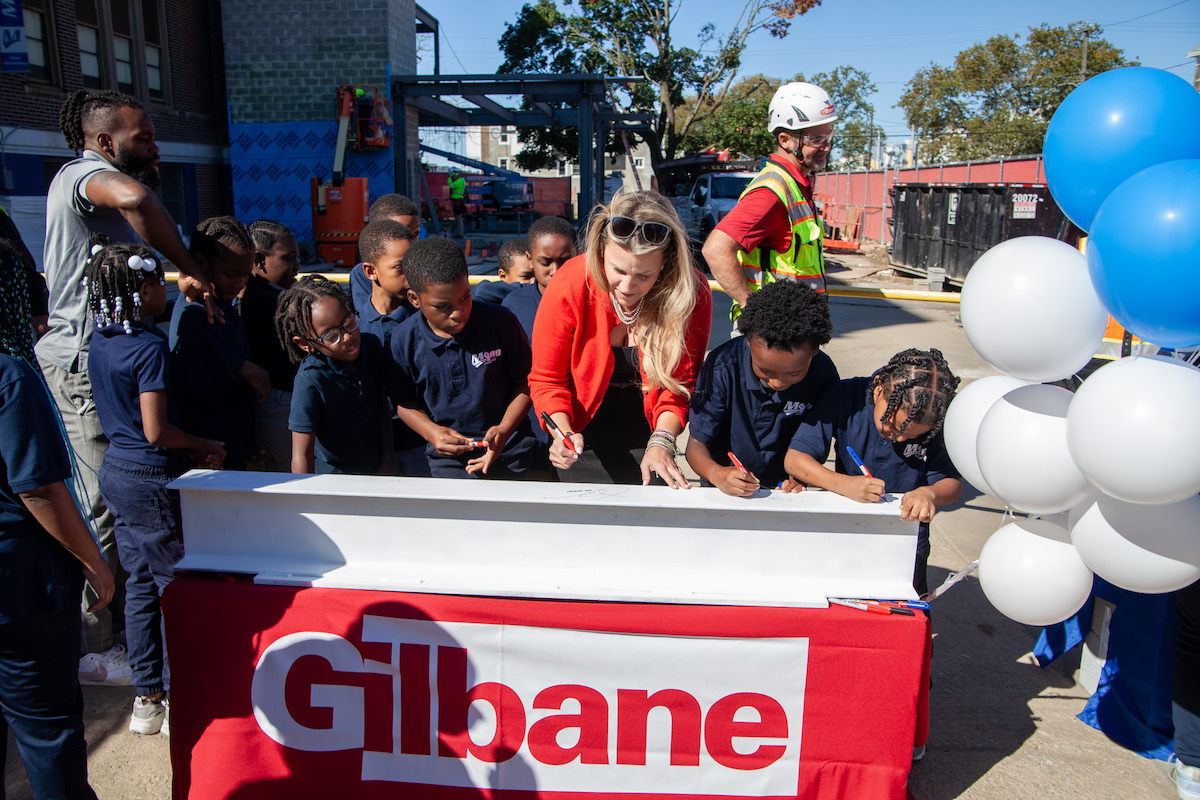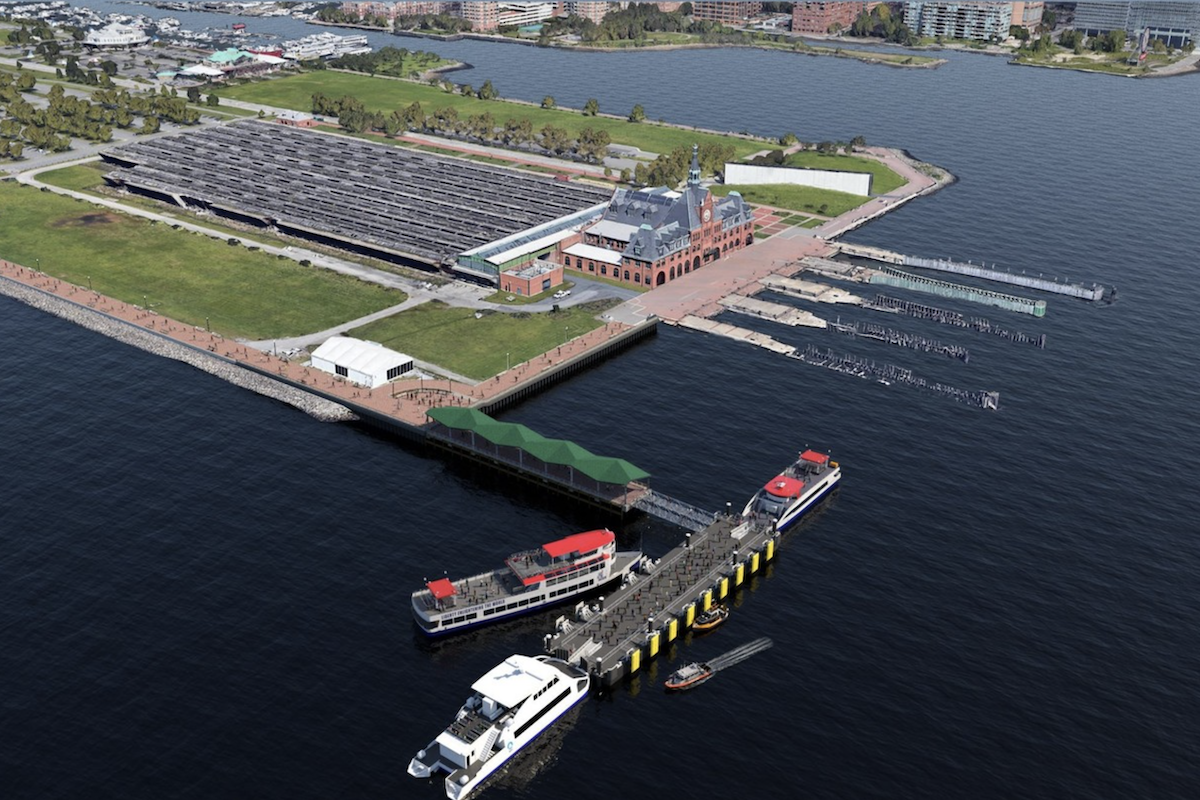“One of the primary considerations in the resurfacing facet of the job was a road re-profiling,” he said. “CTDOT’s new design called for an elevation change in the highway’s crown, a fairly major undertaking. We are fortunate that our company’s upper management is always looking for ways to improve the various processes that make up the job. Construction often has a tendency to lag a bit in innovation. Thankfully, we seem to be ahead of the curve in a lot of regards. Turning to the SmoothRide solution is a great example of it.”
Williams added that, prior to reaching out to the Hartford branch of the Topcon Solutions Store, O&G looked into multiple avenues to get the Charter Oak job done and chose the Topcon SmoothRide resurfacing system. “We liked the fact that we could scan the road, confirm where the existing surface was, and then, in the paver, overlay CTDOT’s plan and literally pave the difference,” he said. “It was a big departure for us, but we had a level of confidence that it was the right choice.”
“Most of that job was already low, but we used the RD-MC on our milling machine for touch-up work on some areas of 91 southbound, and it worked great,” Williams said. “However, every other facet of the job has benefited — from eliminating the time-intensive, risky process of gathering cross-section measurements, to the 35,000 tons of variable-depth paving. I personally handled that first point, the scanning, and can attest to how fast and safe it made that process.”
The Topcon solution needs only one base receiver setup and one file to control the job.

| Your local Trimble Construction Division dealer |
|---|
| SITECH Allegheny |
| SITECH Northeast |
“This works off GPS positioning, so we simply set up the base and it talks to the paver,” he said. “Both the base and the paver — which is equipped with sonic tracker sensors for full 3D automation — are working off the same model. ... As the paver moves, the model tells it what the thickness is. And, once we dial in the paver, all we are doing is spot checking. We are not constantly turning the screw trying to chase a number in front of us — the paver does all that for us.”
Williams said they scanned the entire 7 miles of road — 3.5 miles in each direction — in a fraction of what it would have taken doing traditional cross-sections. More importantly, he added, it took people out of harm’s way and saved on survey costs.
“It was a real departure for us,” he said. “Instead of shooting the whole road — every lane break — with GPS, we were able to simply drive down the road in the middle of the day, in live traffic. That made a huge difference in terms of productivity. Mind you, the system is not inexpensive. But, when you factor in the savings in both time and survey costs, then couple that with the added safety, we will get a nice, quick return on our investment.”
In addition to an aggressive 30-month schedule for the Charter Oak project, O&G’s teams also faced some logistical challenges on a daily basis. “We had to have the pylons out by 9 [p.m.] each night and then, after paving through the night, had to be off the highway by 5 a.m.,” Williams said. “So that eight-hour shift was really closer to seven.”
“Getting into the new technology was actually pretty easy,” said Paul Kuna, the company’s Quality Control Engineer. “Even though I had a little bit of surveying experience from work with a previous company, the system itself was very intuitive and easy to understand. So, even without that prior experience, I would have been just fine.”
Williams added that, even though the addition of SmoothRide has been simple, they were helped tremendously by the support they received from their area Topcon Solutions Store (TSS) in Hartford.
“Topcon has been outstanding,” he said. “They flew a team out here from California to be on site with us for several shifts the first year we had the system, and then [they] came back out again this year to provide something of a refresher for us. We also spoke regularly with people from All Roads Construction in Canada, a company that has been a SmoothRide user for a couple years now, to tap their expertise. Locally, Dennis Kessler and Rich Gaudio from TSS have been excellent, helping us with whatever we might need and being ready to answer any questions we might have — day or night. There’s no substitute for that kind of service.”
“I know that we can use the solution to determine how many tons of material are in a stretch, simply by comparing the two surfaces,” he said. “Though that could be a real benefit, we didn’t elect to do it at Charter Oaks, largely because of time constraints. Once we complete the scan, we need to get it processed quickly and pave with it later that day. On a job that is not as fast-paced, however, we will be able to do much more with it. And while the system can also be utilized to streamline the milling part of the job, as mentioned, we didn’t do so at Charter Oak because the surface was already so low.”
While O&G generally does not self-design its road projects (the Charter Oak job was designed by the Rochester, New York, branch of GDB Geospatial), Williams knows that SmoothRide can make doing so feasible.
“I understand that it would be possible to scan a road and, based on design parameters, have the software tell us the ideal profile of cross-slope of the road, as well as quantities for milling, shimming, and paving,” he said. “If we were looking to redesign a road, we could easily do so using the RD-M1 and the accompanying software. While we have no plans for road design at this point, that’s still a very powerful tool to have handy.”









































































